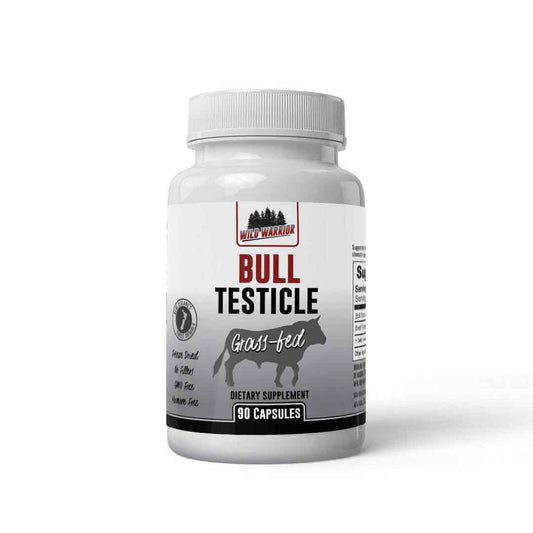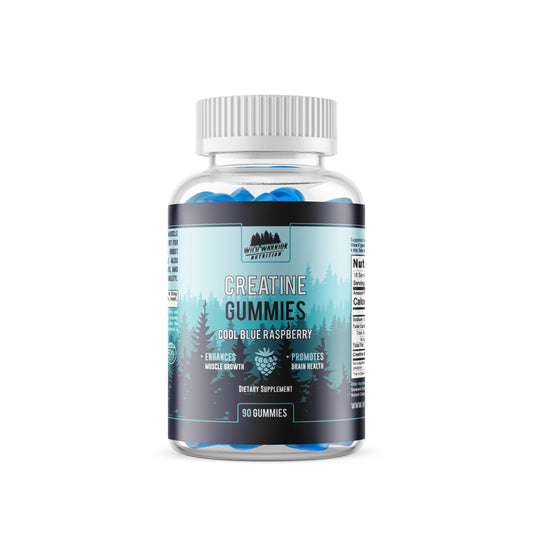In recent weeks, we have seen quite a few influencers and articles promoting a trend towards the "52 sets" approach to building muscle. This approach has gained traction due to its promise of maximizing muscle growth and strength; but is it legit? Like any workout regimen, it's essential to understand the science and research behind this trend before incorporating it into your routine.
What is the 52 Sets for Muscle Building Hypothesis?
The "52 Sets" for muscle building hypothesis is a training concept that revolves around the idea of performing a high volume of sets - 52 in particular - per muscle group each week to maximize muscle growth. This hypothesis is grounded in research suggesting a dose-response relationship between the volume of resistance training (number of sets performed) and muscle hypertrophy.
Theoretically, by conducting a higher number of sets, you stimulate your muscles more, leading to increased muscle size and strength.
However, it's important to note that individual factors like genetics, nutrition, recovery, and training experience can influence the effectiveness of this approach. Moreover, while increasing set volume may boost muscle growth to an extent, there is a threshold beyond which additional volume could lead to overtraining and diminished returns.
It is crucial to note that this doesn't necessarily mean that more is always better, or that more will lead to better results for you. The effectiveness of the 52 sets approach can vary depending on individual factors such as training experience, genetic factors, nutrition, and recovery. We underline genetic factors because your ability to build awe-inspiring muscle is predetermined and some people will never build insane amounts of muscle no matter which influencer's program they follow. This is just how they are built.
Another huge factor is your personal ability to recovery from exercise. 52 sets is a lot of work that will lead to significant muscle damage that will need to be repaired between workouts.
If you are over 40 or someone that takes 3-5 days for muscle soreness to go away, then doing 52 sets for each muscle group is likely going to work against you and cause overtraining. Overtraining can lead to negative effects such as decreased performance, increased risk of injury, and impaired immune function.
Interestingly, research has also suggested that rest intervals between sets can affect muscle hypertrophy, the process by which muscles grow in size2. Shorter rest intervals in some studies looking at the 52 sets approach have shown to lead to higher levels of post-exercise serum growth hormone, possibly promoting greater muscle hypertrophy.
However, this area needs further research to fully understand the implications on the 52 sets approach. Lets just say too that 52 sets is a ton of working out. You would have to use short rest intervals if you wanted to get through your workout in a reasonable time.
The "52 sets" trend embodies an ongoing evolution in fitness methodologies, but one we are not fully supportive of. While it may deliver significant benefits for some, our opinion is that this is way over doing it for most people, especially those in their 40s, 50s, and beyond.
While we do believe that some volume is necessary, focusing on the intensity of your sets will always provide greater benefits over doing a gazillion sets will tiny weights. If you want to learn about our most preferred method of training, check out our post on super-slow weightlifting. We also recommend everyone read, Body by Science by Dr. Doug Mcguff.
As always, it's recommended to consult with a fitness professional or healthcare provider before starting any new workout regimen.






